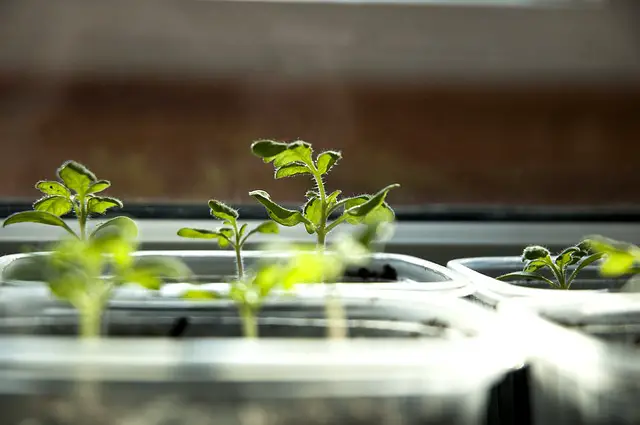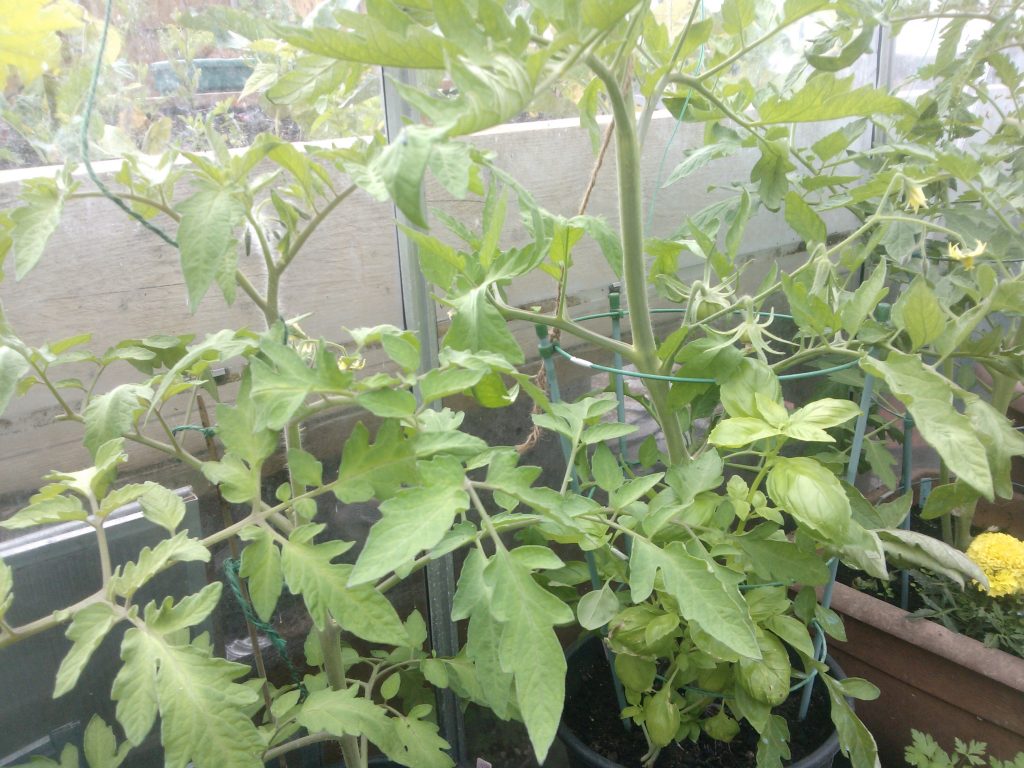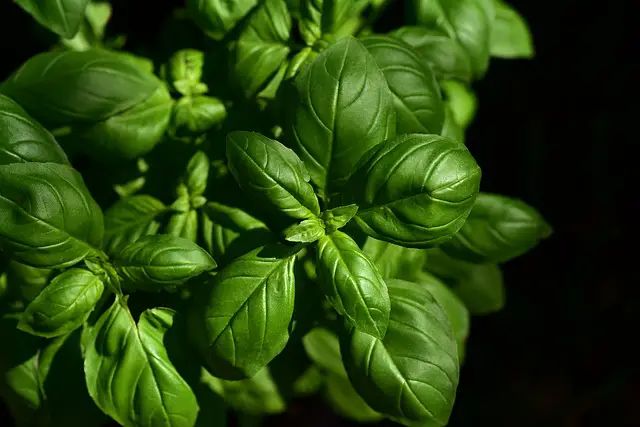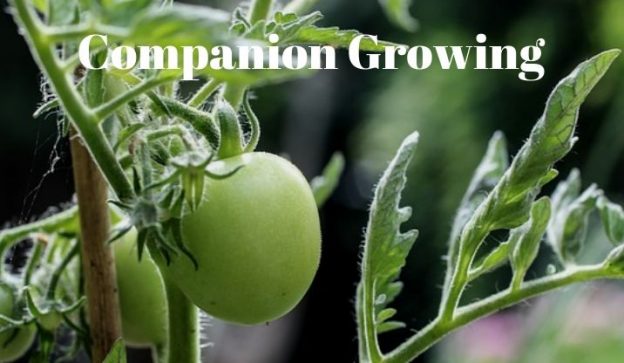There’s a lot of talk lately concerning companion growing or companion planting and whether it works. Is it mumbo jumbo made up for peoples amusement? I have been using companion growing for years and I have had some impressive results.
What Is Companion Growing?
Any plant growing in close proximity with another plant could be called a companion plant. To my mind companion growing is all about assisting the plants I want to grow and to make them healthier, happier plants. Plants that will produce more fruit/vegetables and that crop will be the tastiest, most fullfilling flavoured produce.
So by that definition companion growing is a way to grow plants together in a beneficial alliance and the resultant crop will be better than if the plant grew alone.
Where Does Companion Growing Come From?

I don’t want to get bogged down in the history of companion planting, and I don’t want to give examples of classic companion planting combinations. All I’ll say is look at hedgerows and woodlands, plants grow in closer groups and all seem to survive. According to the old school gardening books crops need a set amount of space between plants and rows.
Nature has different ideas, the hedgerow/ditch is crammed with various plants all growing in some sort of harmony. Taking a leaf from nature’s manual (pun intended) square foot gardening and companion planting use similar principles.
Where does companion growing come from? In short nature and if it’s good enough for the natural world, it’s good enough for me. Now that I’ve set the scene, I want to share my latest observation with you.
The Tale Of Two Tomato Plants

I sowed all my tomato seeds at the same time, and they were all placed in jiffy pots to germinate. After germination they were all put into pots with the same growing medium and potted on at the same time. Now they are all in my unheated greenhouse and all growing in 2 gallon buckets (or the equivalent).
They all get the same watering and feeding regime, most are indeterminate with a few determinate types. I’m growing various varieties ranging from dwarf cherry tomatoes and right through to beef steak tomatoes. One variety in particular is Black from Tula which is a Russian heirloom seed.
Black From Tula Tomato
According to plants of distinction Black from Tula “has a rich, sweet and spicy old-fashioned taste”. With fruits that range from 3-4 inches in size and although fairly ugly, very tasty. I have 2 Black from Tula plants growing side by side in the greenhouse and one is significantly larger than the other.
The Similarities

They are both in 2 gallon buckets, they share the same compost which is a mix of John Innes #3 and general garden compost with added garden lime and Epsom salts. Both plants are watered at the same time and fed each week with my homemade comfrey tea fertiliser. The seeds both came from the same packet and have been together since I first sowed them in March.
The Differences
One is at least a third taller than the other and the stalk is twice as thick on the taller one. I don’t know if it’s because it’s larger but the bigger one certainly looks a much heathier plant. Check out this video and see for yourself.
The Only Difference In Growing Conditions

There is only one difference between these plants and although this is not or ever could be a scientific experiment, the conclusions speak for themselves. Growing in with the larger, healthier plant is a basil plant. Basil and tomatoes do make good companion plants and for more information on companion planting tomatoes click here.
Draw Your Own Conclusions
Of course there will be scoffers and nay sayers who will argue that companion growing is at best coincidence and at worst pseudo-science. That’s fine by me, I’m not here to convince you one way or the other, all I will say is I have seen the results of companion planting. There will always be people who only do things in a certain way and that’s how they’re comfortable.
That’s also fine, but what if I’m right? You could be missing out, and let’s face it nobody wants to miss out. Just one more thing, not everything you will read on the internet is true and there is a lot of misinformation out there.
I have nothing to gain from telling you wrong and my only intention is to share something with you that has been of benefit to me. You can take it or leave it, but I encourage you to give it a go, what do you have to lose? Basil plants and seeds are relatively cheap and the flavours of basil and tomatoes compliment each other.
In Summary
Companion growing has been around since records began and has been recorded for at least 10,000 years. Looking at nature for help in growing our crops is like learning from the master. Monoculture is always a bad idea because it attracts too many pests.
Polyculture makes it much more difficult for plant specific pests to locate host plants. Companion planting saves space which means more produce per square foot of soil and there is never enough space in the garden. Not all planting combinations work, it’s all about trial and error but tomatoes and basil appears to work extraordinarily well.


